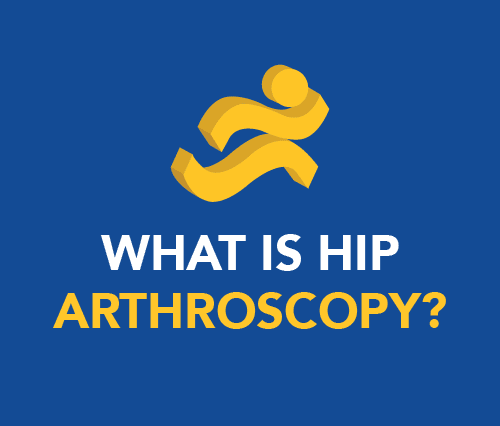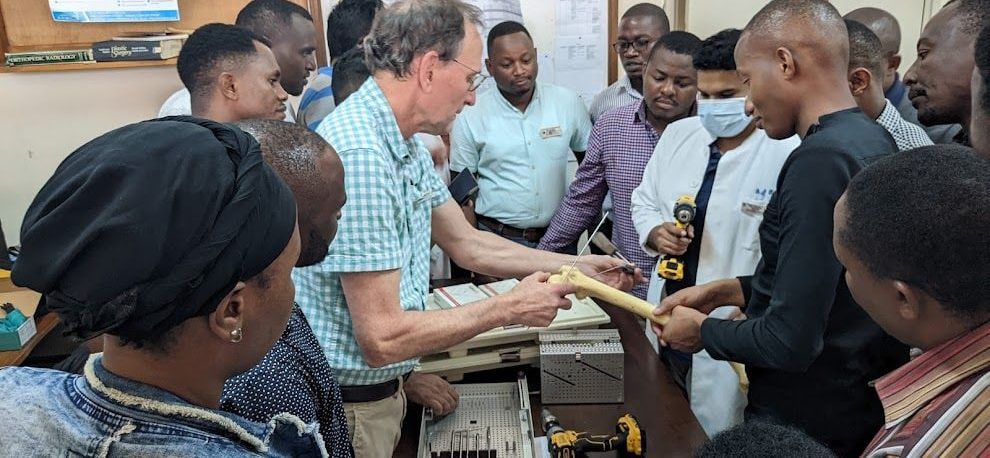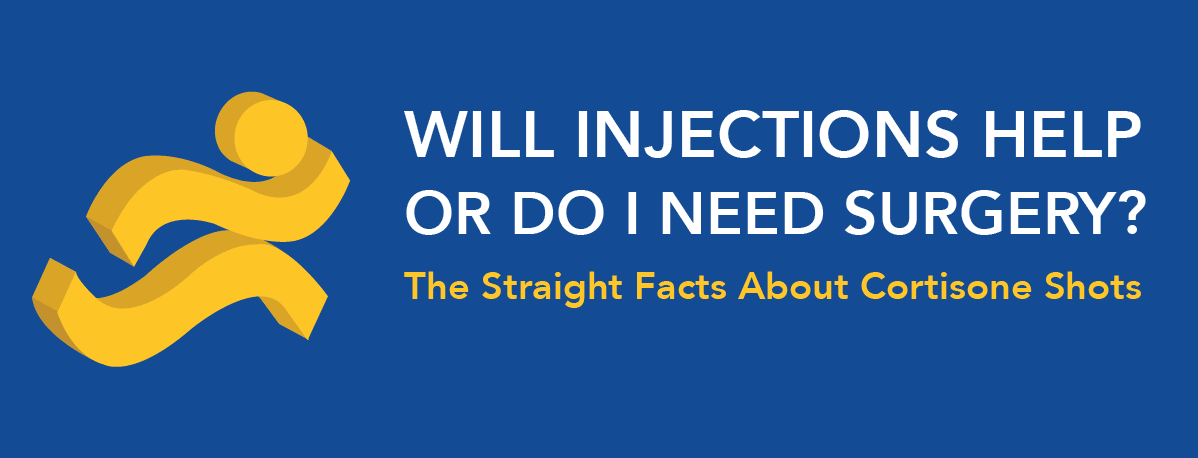Along with cold weather, snow, and ice, winter in the Northeast means an increase in distal radius (wrist) fractures, most of which occur from landing on an outstretched hand after a slip and fall. These fractures result in pain, limited range of motion, and decreased wrist function. For patients with a fracture that is significantly displaced, surgical intervention may be recommended.
Our orthopedic surgeon, Dr. Meyer, specializes in treating upper extremity injuries (fingers, hand, wrist, and elbow), and understands the tremendous impact that wrist fractures can have on patients’ lives. In patients who are candidates for surgery, he has seen excellent outcomes from Distal Radius Fracture ORIF (open reduction and internal fixation, which means fixing the bone in its native position with a plate and screws).
Below, we asked Dr. Meyer some questions about the procedure.
Q: In your own words, how does this procedure benefit your patients?
A: Distal radius fractures are the most common fracture of the upper extremity (shoulder, elbow, wrist, and hand). The radius bone is part of the forearm, and the distal (end-portion) of the radius supports the bones of the wrist. Certain distal radius fractures are stable and will heal well with a period of immobilization in a cast. Other distal radius fractures are unstable and often benefit from surgery to align the fracture pieces in a more anatomic position.
When surgery is performed, a combination of a plate and small screws are used to hold the bones in the optimal position. Surgery for displaced distal radius fractures have been shown to lead to excellent outcomes, including near-complete return of motion and grip strength and very low rates of persistent pain and disability. The majority of patients sustaining these injuries are able to return to their jobs and hobbies without limitation.
Q: Who is a good candidate for this procedure?
A: Anyone who sustains a broken wrist should be evaluated with a physical exam and a set of x-rays. A wide range of both patient-related factors (age, medical history, functional demands from jobs/hobbies, smoking status, etc.) and injury-related factors (mechanism of injury, fracture alignment/displacement, etc) are used to help guide the decision between treating a wrist fracture with a cast (no surgery) versus performing surgical fixation.
Q: Where do you perform this procedure?
A: I perform surgical fixation of distal radius fractures at the New England Center for Orthopedic Surgery (NECOS), Portsmouth Regional Hospital, and York Hospital.
Q: Tell us about a recent success story.
A: A 65 year old woman presented to my office after slipping on black ice and injuring her wrist. She had a displaced distal radius fracture that significantly limited her wrist motion. She is an elementary school teacher, and her two biggest goals were to optimize her long-term wrist function and to return to activity quickly. We discussed the treatment options, and she chose surgery in order to accelerate her rehabilitation, minimize her time in a cast, and give herself the best chance for healing her wrist injury in an anatomic position.
We fixed her wrist with a plate and screws. The surgery took a little over an hour and she was back to work the same week. Within two weeks, she was out of her splint and working on gentle wrist range of motion exercises. She is an avid pianist, and found that playing piano helped to improve her wrist and finger motion in the early post-operative period. Six weeks after surgery, we started gentle strengthening. By the 2.5 month-mark, she was cleared for full strengthening and return to all activities. Now, she is back to all school-related activities and does not feel limited at all by her wrist.
Q: Anything else you’d like current or future patients to know about this procedure and how it would benefit them?
A: These fractures occur most commonly after a slip and fall onto an outstretched hand. Here in the Seacoast, we see a large upstick in the number of patients sustaining distal radius fractures during the wintertime. Whether it is slipping on ice or falling while skiing or skating, these injuries can unfortunately happen at any time. The best way to treat a wrist fracture is to not have one! So, my best advice is to make sure to tread carefully when walking, skating, and skiing. Furthermore, many patients in their 60’s and 70’s have osteoporosis (thin bones that are more prone to fracture). With several months of cold and cloudy weather in the Seacoast, many of us also have low calcium and Vitamin D levels. I would encourage patients to discuss their bone density and calcium and Vitamin D levels with their primary care physicians in order to make sure their bone health is optimized to start off the new year.
If you’ve suffered a wrist fracture, it’s important to consult with an orthopedic specialist as soon as possible. Dr. Meyer’s treatment philosophy centers on listening to patients and working together to find solutions, both surgical and non-surgical, that help them resume a pain-free active lifestyle. Contact us to schedule an appointment with Dr. Meyer today.












